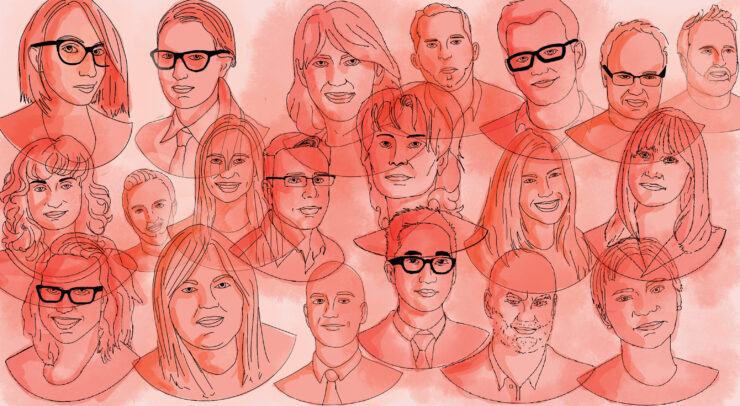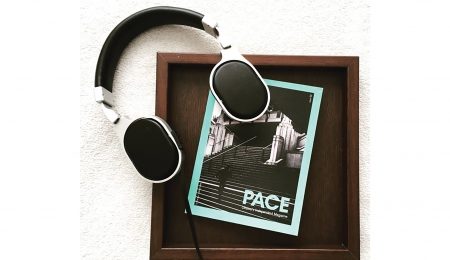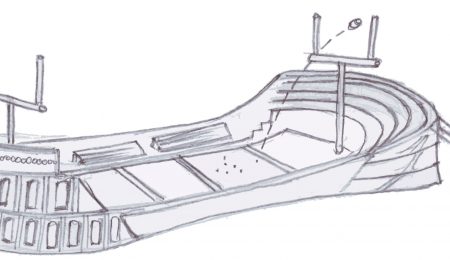Eighteen Previous editors reflect on their time at the paper
As the Fulcrum approaches its 80th production cycle, thousands of our alumni are out in the world, many of them holding their time at the Fulcrum close to heart. These are some of their stories.
André Picard
Arts & culture editor (1981-1982), editor-in-chief (1982-83)

André Picard, the health columnist at the Globe and Mail who was once a business student at the U of O, says he probably wouldn’t have become a journalist in the first place if it weren’t for the Fulcrum.
“Some people say, ‘I always dreamed of being a journalist,’ but I never had that dream at all,” he says. “(The Fulcrum) shaped my career.”
Picard’s journalism career was kickstarted by his love for music. He began by reviewing records for the Fulcrum before becoming the arts and culture editor and then editor-in-chief. Picard describes pulling all-nighters piecing pages together by hand, driving the copy to the printer, circling back for breakfast and then heading out on campus to distribute the paper before starting the cycle all over again.
At the Fulcrum, Picard recalls writing about HIV/AIDS as a social-political issue on campus, a foreshadowing to his career today and a major advantage when he was assigned to cover similar stories at the Globe when he first started off.
“We were not unopinionated journalists, we would take a stand on things, … injustices against people,” he says. “Forty years later, I’m still writing about it.”
Picard took a job at the Canadian University Press (CUP) after he finished up at the Fulcrum and later earned a journalism degree from Carleton University. From there he took a summer job at the Globe and hasn’t left since.
One of Picard’s major stories from his over 30 years at the Globe was his work into Canada’s tainted blood scandal, what he calls the country’s “worst-ever preventable public-health disaster.” While Picard wasn’t the only journalist working on the story he kept it close to heart, eventually publishing one of his five bestselling books, The Gift of Death, on the story.
Jason Chiu
Art director (2006-07)
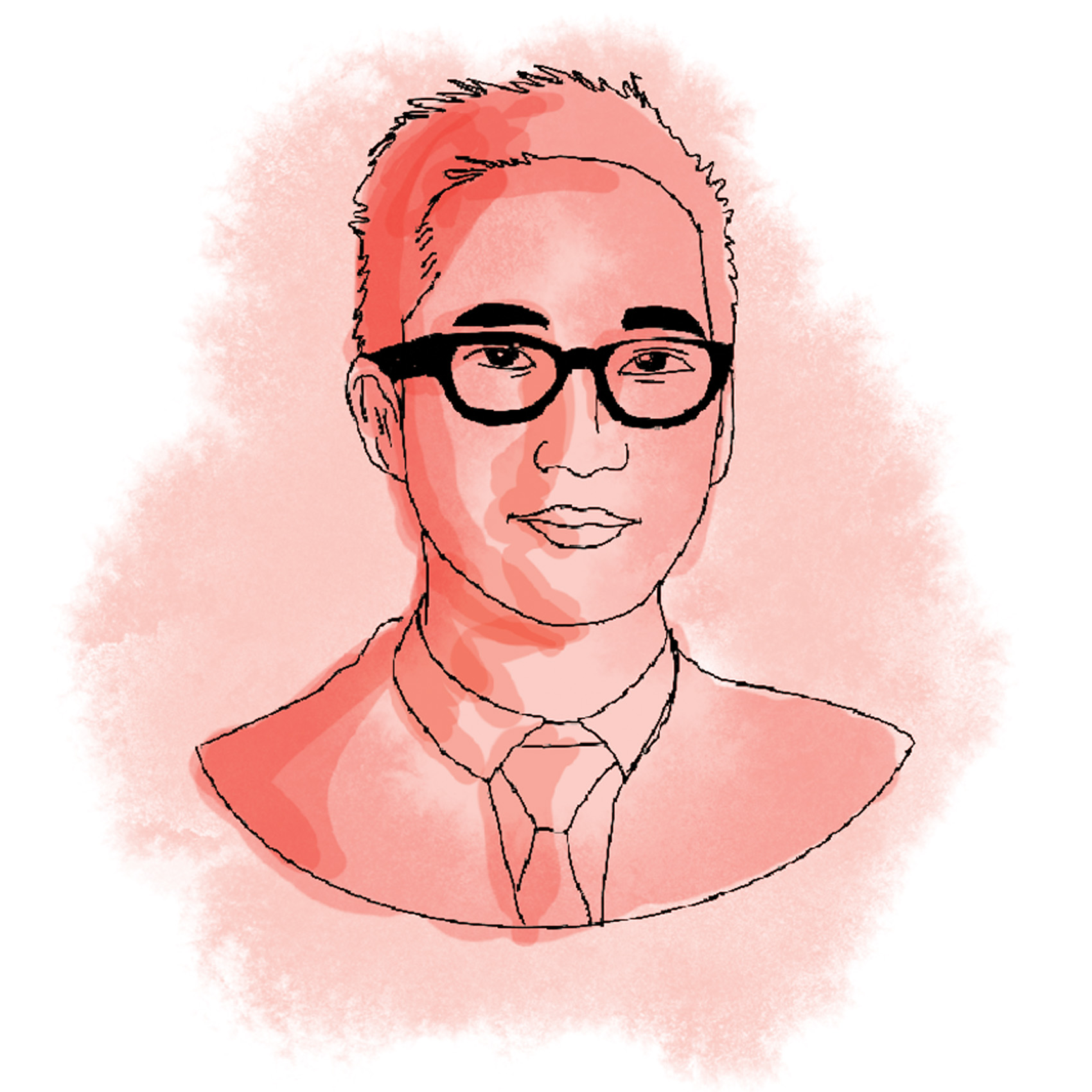
Jason Chiu, now the deputy head of visual journalism at the Globe and Mail, was interested in exploring photography while he was a history student at the U of O. He started as a volunteer photographer for the Fulcrum, became the staff photographer, and then the art director from 2006-07.
“There’s probably no experience like working at a student newspaper,” Chiu says. “Being involved in journalism, especially at a very young age, helps you understand institutions … society … (and how to) give a voice to people who don’t have their own.”
“Life is not always a perfect equilibrium all the time,” he adds. “From time to time, there are people that have to call power to account and highlight successes … and journalism is something that can do that.”
Chiu became a bureau chief and the Ontario director at CUP and then moved to La Rotonde as creative director and deputy editor. After leaving student journalism he became a news designer at the Toronto Star before joining the Globe.
Chiu now manages the team of visual storytellers in both digital and print mediums. At the Globe, he’s led three redesigns of the print and digital editions and has won three National Newspaper Awards.
Michelle Lalonde
Arts & culture editor (1984-85), editor-in-chief (1985-86)
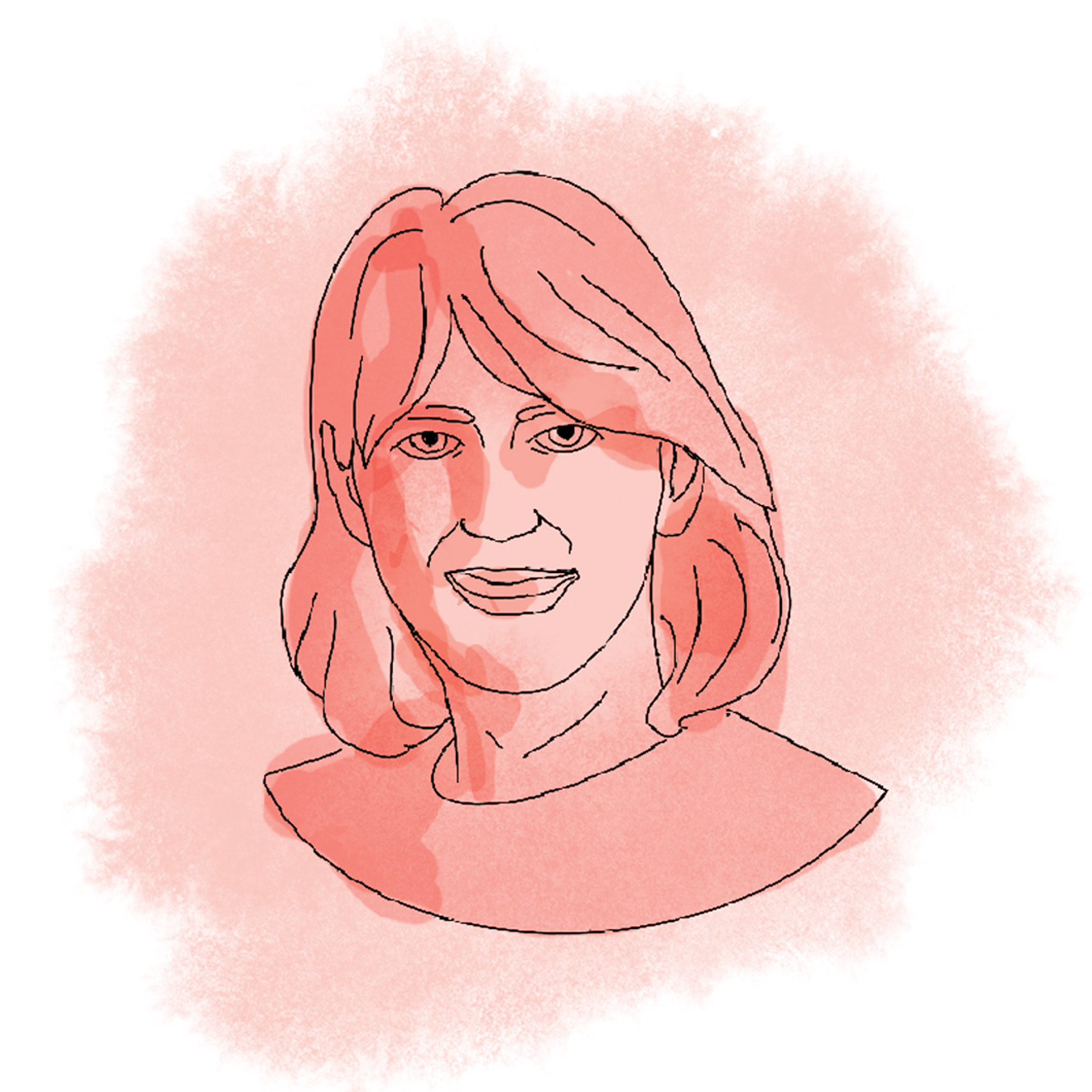
Michelle Lalonde, now a reporter at the Montreal Gazette, remembers the day she decided to get involved with the Fulcrum as a psychology and English literature student vividly.
While walking through the University Centre one day, mulling over how to launch her career as a writer, she was called over to the Fulcrum’s table and pushed herself to sign up as a volunteer. From there, she didn’t look back.
“I just remember feeling like these are my people,” Lalonde says, who started off volunteering as an arts writer before becoming editor of that section, and eventually editor-in-chief. “They’re fired up about stuff, they’re smart, funny, curious, the kind of people you want to be around.”
Lalonde’s highlight from her time at the Fulcrum was a story she wrote on an incoming Student Federation University of Ottawa (SFUO) vice-president (finance) who was accused of paying someone to take a summer course for him. Someone — whom she believed to be the professor of the course — leaked her the tip, which she later confirmed through interviews and reporting.
“(The SFUO) actually called the printer and tried to stop the presses,” she says. “I remember driving to the printer … and going in there and saying ‘you have to run the story.’”
The story ran, and a few days later she found a business card in her mailbox from the professor of the course, with a little hand-written thumbs up on it.
“We were right,” she says. “(I) realized you really do need to have the guts to stand up.”
After finishing her term as editor-in-chief, Lalonde worked for CUP, first as an Ontario field worker and then as national bureau chief. She went on to complete a master of journalism degree at Ryerson University, where she interned for the Globe and Mail before finding full-time work at the Gazette in 1991.
At the Gazette, she’s covered Indigenous issues, poverty, and the environment, among other beats. These days she’s full-circle, reporting lately on sexual violence on post-secondary campuses.
Sonia Desmarais
Sports editor (1989-90), editor-in-chief (1990-91)
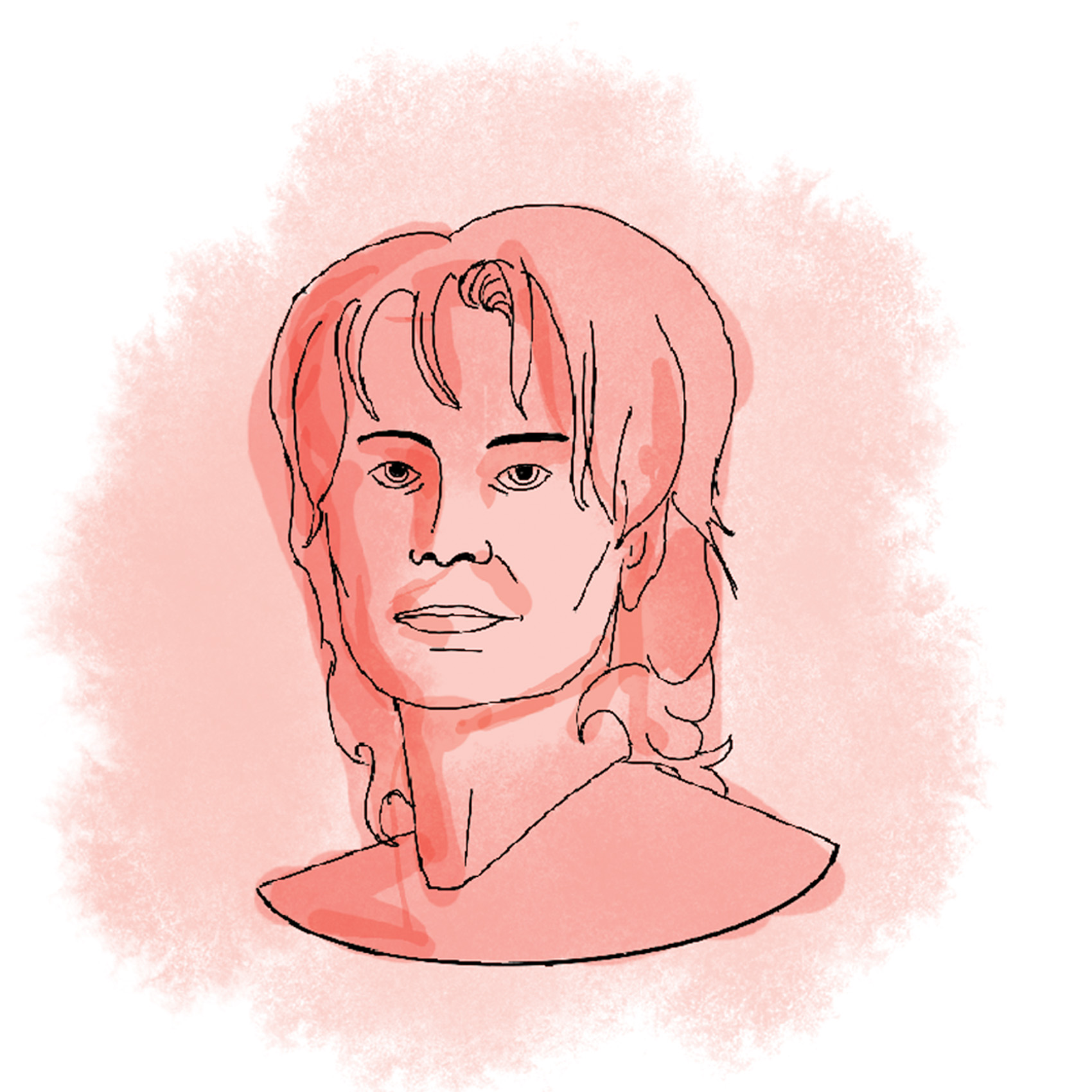
Sonia Desmarais, now an investigative producer at Radio-Canada, knew she always wanted to be a journalist but wasn’t sure where to start. She brought this up in a bar with some friends, including a player on the football team, who brought up the idea of doing a profile on linebackers who, he said, are left out of the spotlight. She did the story, brought it to the Fulcrum, and walked out the door with three more assignments on her plate.
“It was like from one day to the next, I was a journalist, and I never looked back,” Desmarais says, who took history and political science at the U of O. “I was addicted, right away.”
True to the roots of her first story, Desmarais went on to become the sports editor in 1989-90, before becoming editor-in-chief the following academic year.
After getting hooked on journalism at the Fulcrum, Desmarais started working part-time at the Ottawa Citizen and then went on to complete a master’s of journalism at Concordia University. At Concordia, Desmarais started as a researcher for CBC/Radio-Canada, gradually working her way up to her current gig as an investigative producer and journalist for Radio-Canada’s investigative show, Enquête.
“Choosing to walk in that door (of the Fulcrum) and submit an article absolutely changed my life, absolutely,” Desmarais says.
And while the journalism industry is in a state of struggle and change, Desmarais encourages anyone considering a career as a journalist to go for it.
“It’s the most amazing career you can have, to be a journalist,” she says. “I’m surrounded by people who have no regrets.”
Kate Heartfield
Co-news editor (1999-2000)
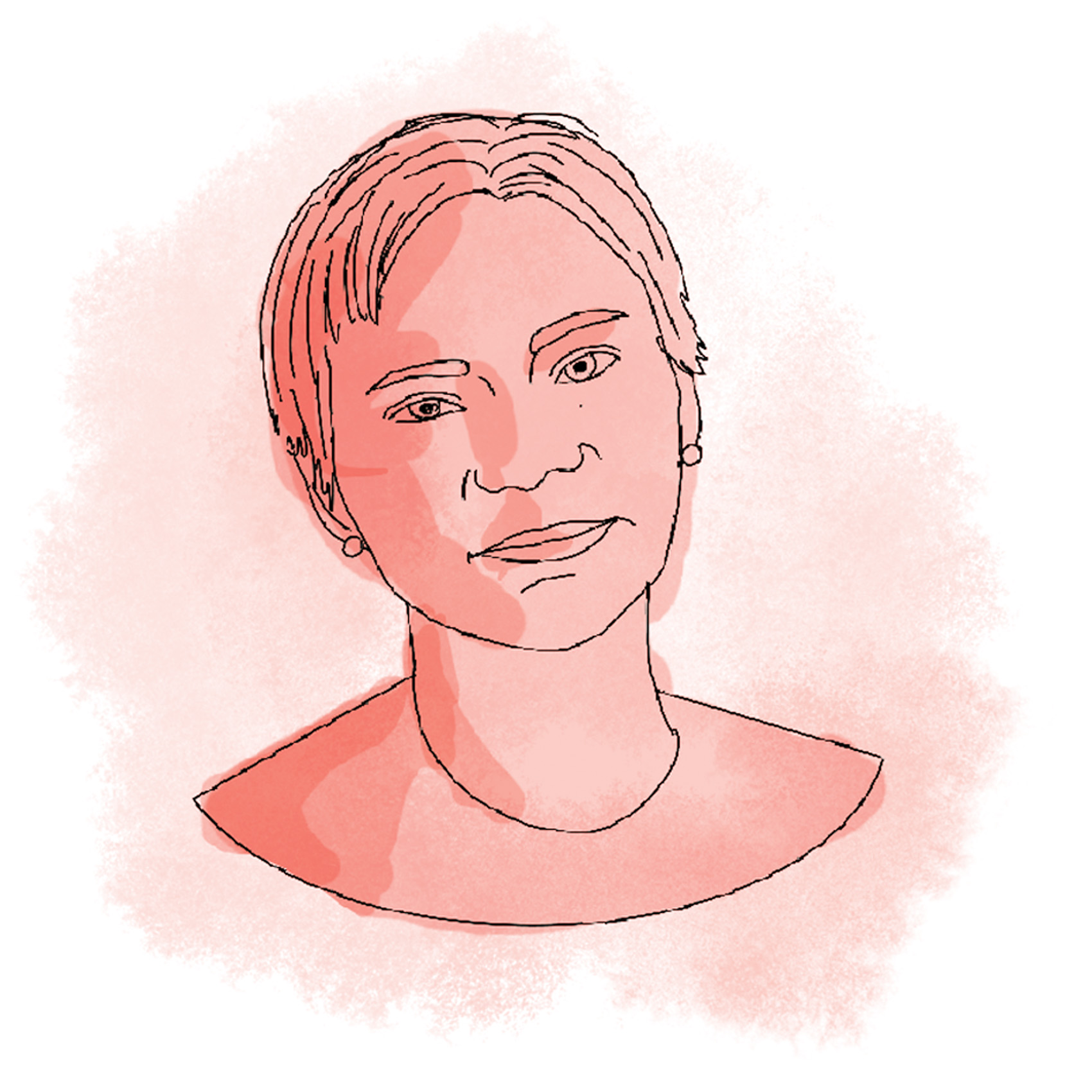
Kate Heartfield, previously the editorial pages editor at the Ottawa Citizen and now a novelist and journalism instructor at Carleton University, started off at the Fulcrum in her third year at the U of O as a political science student, and went on to become the co-news editor.
When her time at the Fulcrum came to an end, Heartfield earned a master’s of journalism from Carleton University. After graduating she worked as a freelancer for a few publications, including the Citizen, where she wrote local, city-focused columns. She got a spot on the editorial board and then became the editorial pages editor in 2013.
Heartfield recalls writing one of her favourite set of columns at the Citizen on the experiences of Karen people in Ottawa who came to Canada as refugees, some of whom missed the gardening and local food culture of home. A local farmer from Stittsville read Heartfield’s column and decided to help out: He created about four acres of farming space for the Karen people that became a community garden.
“That really brought home to me how important it is to share stories,” Heartfield says. “It’s what sticks to me to this day, this very quiet piece that actually made a difference in someone’s life.”
These days Heartfield’s transitioned from non-fiction to fiction, writing fantasy, historical and science fiction novels, novellas and short stories. Two of her recent works, Alice Payne Arrives and The Road to Canterbury are nominated for Nebula Awards, one of the top awards for science fiction writers. She also teaches arts and culture journalism at Carleton.
Tina Hassannia
Online editor (2006-07), arts & culture editor (2007-08)
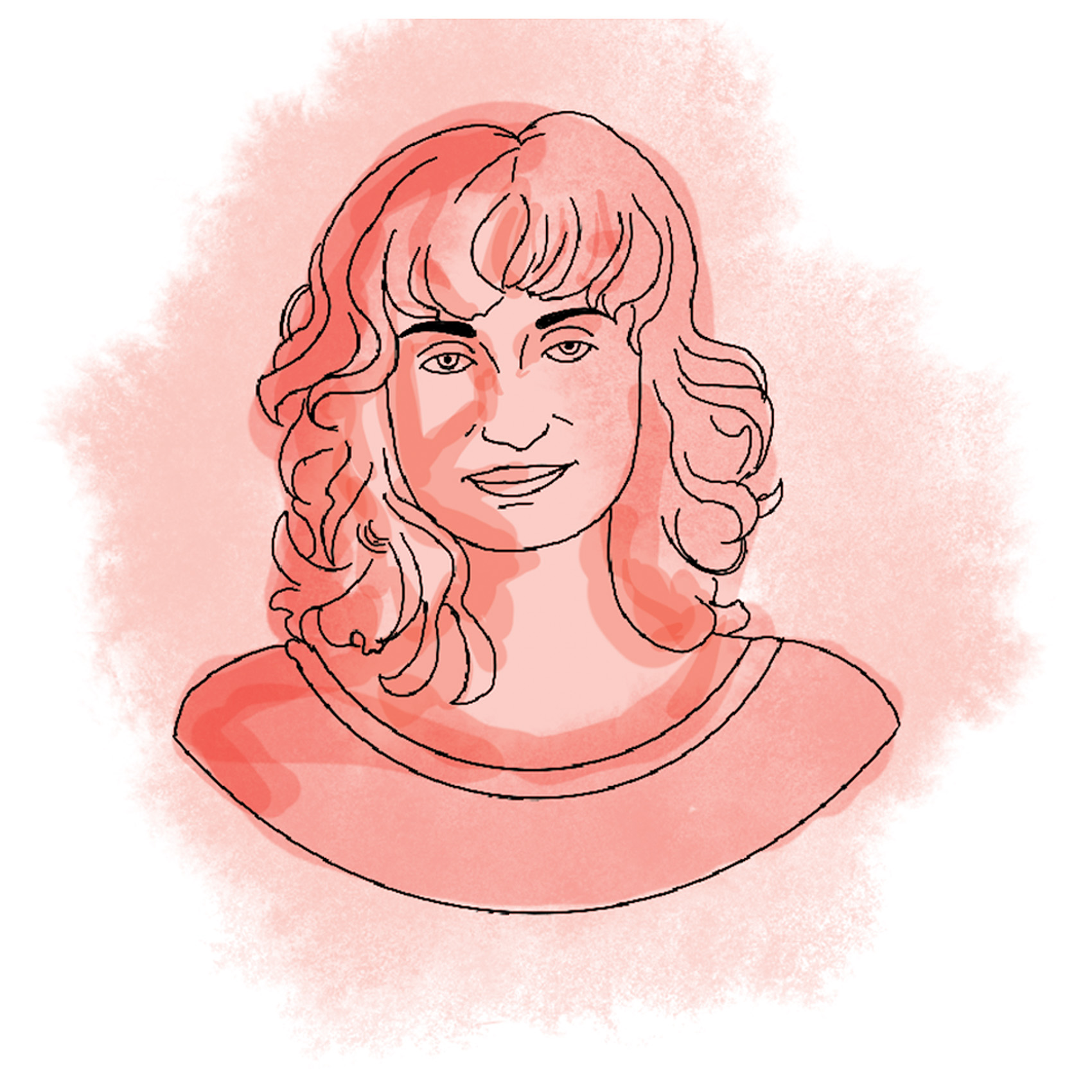
Tina Hassannia got her start at the Fulcrum in her first year at the U of O in 2004 as an arts and culture writer. One of Hassannia’s first articles (and one she still cherishes and keeps a copy of to this day) was her review of Arcade Fire’s Funeral, where she reflected on celebrating a person’s life after death rather than mourning it.
“We back away from music that bashes us over the heads with emotion,” Hassannia, a communications student, wrote in October 2004. “Yet, some bands manage to hit us with their poignancy and it actually stings, in a good way.”
Hassannia went on to become the 2007-08 arts and culture editor at the Fulcrum where she brought her own special touch to the section, including assigning a feature story on city architecture and hookah culture.
Hassannia earned film degree from Carleton University, which she credits for helping develop her critical thinking, but she’s clear about the skills she learned at the Fulcrum: “I learned how to write.”
From there, Hassannia eventually moved to Toronto where she began writing about film, TV, culture and psychology for a number of publications, including the National Post and the Atlantic. She put out a book in 2014, Asghar Farhadi: Life and Cinema, that follows the career of the Iranian director of the same name, known for his Academy Award-winning 2011 film, A Separation.
One of Hassannia’s favourite movies of last year? Burning, directed by Lee Chang-dong and starring Yoo Ah-In, Steven Yeun, and Jun Jong-Seo.
Her tips for budding film critics?
“Try to limit the plot summary to a few sentences … (and) focus on just one element that struck you,” she tells the Fulcrum later via email. “Hot takes are where it’s at.”
Nick Taylor-Vaisey
Sports editor (2006-07), news editor (2007-08)
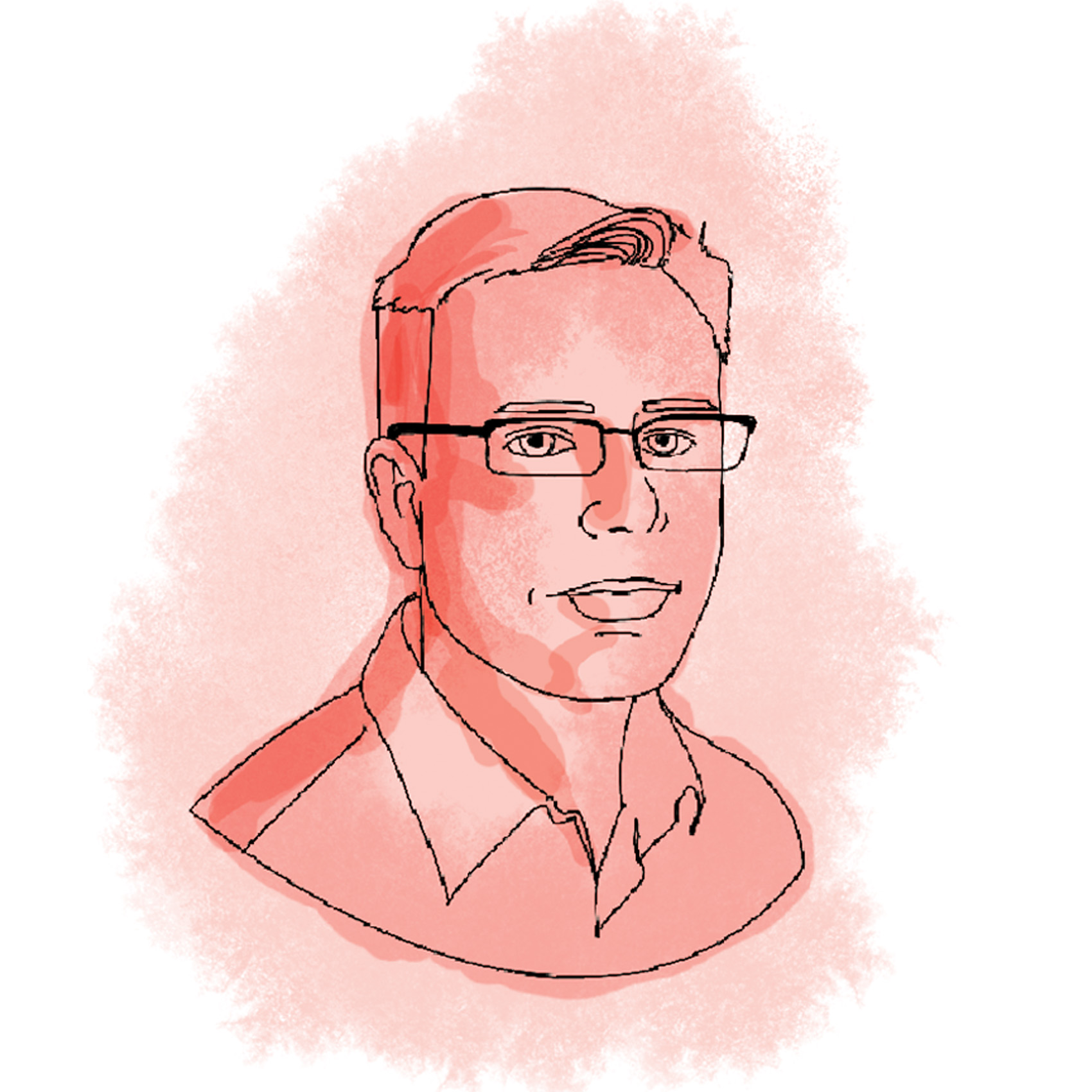 Nick Taylor-Vaisey describes his start at the Fulcrum while he was studying political science as typical to most other fledgling student journalists: He was “tired of being a boring person” and found the Fulcrum to be a great outlet to both maximize his time as a student and explore his own interests.
Nick Taylor-Vaisey describes his start at the Fulcrum while he was studying political science as typical to most other fledgling student journalists: He was “tired of being a boring person” and found the Fulcrum to be a great outlet to both maximize his time as a student and explore his own interests.
“I never went to journalism school, I didn’t have the benefit of whatever you learn in there, so the closest thing I had were editors who were only a couple years older than me … even though it turns out they’re a bunch of jokers like the rest of us,” Taylor-Vaisey says.
“It was a lot of fun to learn that way, because everyone was roughly in the same place, professionally, but also we’re all learning how to be adults at the same time, so it was a really collegiate environment.”
Taylor-Vaisey credits his time as a student journalist with getting him to where he is now as an associate editor at Maclean’s. He’s recently written about the 2019 federal budget and the SNC-Lavalin controversy. He uses those skills he learned as a student journalist every day in the newsroom.
“It was an absolutely magical place to work,” Taylor-Vaisey said, who described his time as sports editor as the best job he’s ever had.
Peter Henderson
Arts & culture editor (2008-09)

When asked if the Fulcrum had a positive impact on his career trajectory and future in journalism, Peter Henderson agreed, but noted one major pillar of his time at the Fulcrum was missing from that question: What about the friends he’d made along the way?
“You don’t just hang out at the Fulcrum because you like writing … but it’s also because of the people you meet,” he says, naming off a long list of lifelong friends he met there. “The rest of my life is defined by joining this student newspaper.”
Funnily enough, Henderson stumbled on work at the Fulcrum accidentally as a political science and communications student. He was flipping through the paper in class when he noticed a friend from high school was working as a copy editor, so Henderson went into the office one day to pick up a story. He came back an hour later with his first interview done, ready for more.
“I just got the bug from there,” he says.
Two years later he became the arts and culture editor. Henderson went on to earn a master’s of journalism at Carleton University, where his thesis on Canadian animator Richard Williams was nominated for a National Magazine Award. He later worked as a reporter at the Ottawa Citizen and then a business and financial reporter at Reuters, the Wire Report, and the Canadian Press, before settling into his current role as a science writer at a tech startup called Element AI.
Emma Godmere
News editor (2008-09), editor-in-chief (2009-10)
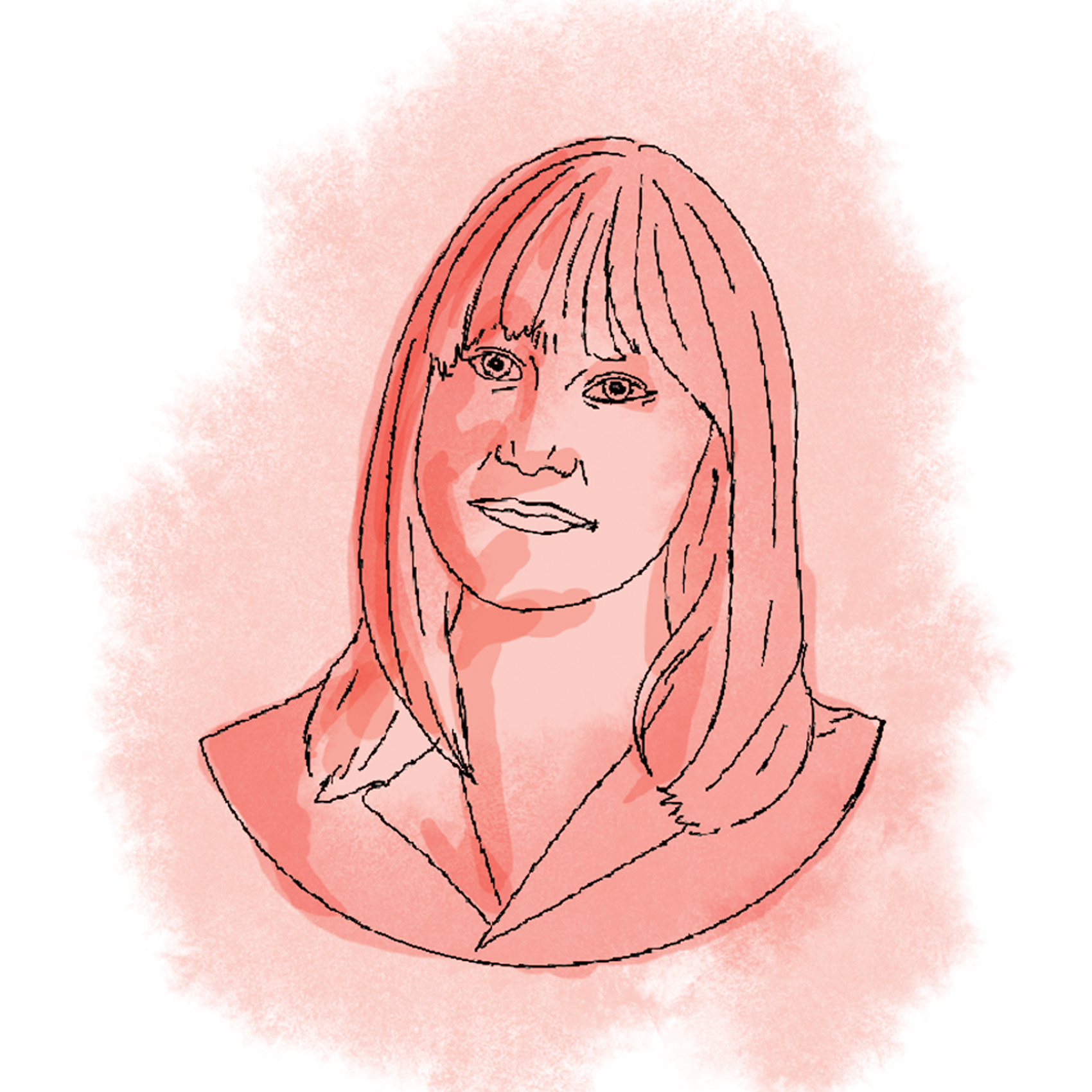
Emma Godmere had her eyes on the Fulcrum before she even started at the U of O as a history and communications student. Godmere, an Ottawa native, remembers bussing down Laurier Avenue in high school and picking up copies of the paper. Like many alumni, seeing her byline in the Fulcrum a few years later was a special feeling for Godmere.
“That first time was so exhilarating,” she says.
Godmere, who graduated high school a year early, may well have been one of the Fulcrum’s youngest editors-in-chief. She took on the job at just 19 years old after she was news editor the year before. She was also involved with CHUO.
“It was a really interesting moment as a student journalist,” Godmere says, reflecting on covering the swine flu and mental health crises on campus. “Here’s a bigger story that’s affecting a lot of people … across North America and the world right now, and here’s a very specific example of it having a very pointed and very big impact on our campus.”
Godmere became Ottawa bureau chief, national bureau chief and then national conference coordinator at CUP. She then worked as a digital editor at Metro before she took a job at CBC, where she’s now a writer, producer and music programmer for CBC Radio Q.
Katherine DeClerq
News editor (2010-11), sports editor (2011-12)
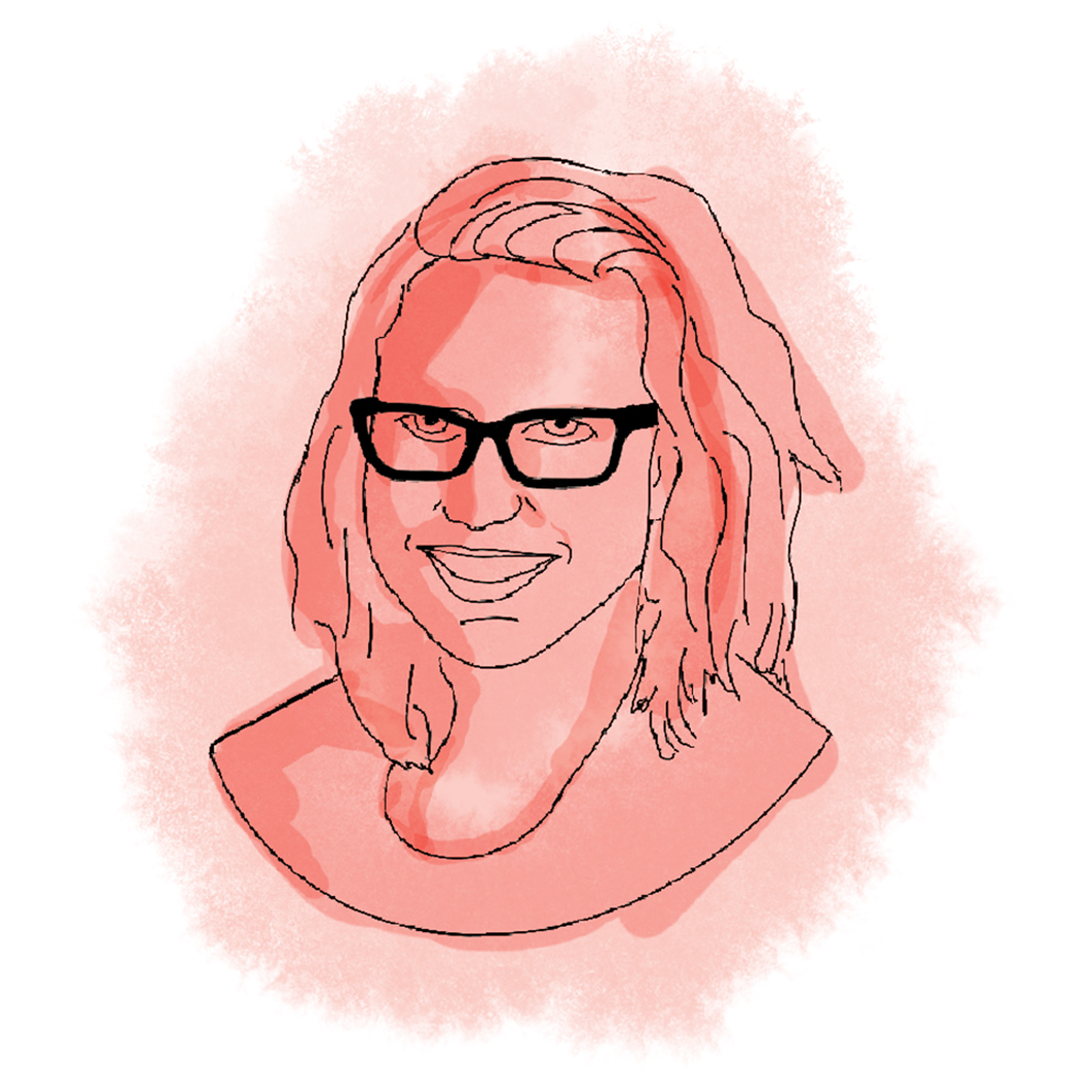
Katherine DeClerq came to the U of O as a political science and history student just over a decade ago knowing she wanted to get involved in student journalism.
“In high school, my friend and I put together this tiny, 8 x 11 newspaper and I did want to continue that in university,” she says, remembering showing up at to her first volunteer meeting at Fulcrum with writing samples in hand. After getting her first news story published, DeClerq mailed copies back to her friends and family in Toronto.
“I loved how I became part of this university culture that I was afraid in my first year that I wouldn’t fit in to,” DeClerq says, who later became the Fulcrum’s news and then sports editor. “But here I am, now I know how the (university) government works, I’m going to sports games … and a lot of students don’t get that experience.”
It was never a dull moment for DeClerq: She got the chance to interview both Alex Trebek (U of O alum and host of Jeopardy) and Michelle Bachelet (the first female president of Chile). DeClerq went on to become CUP’s Ontario bureau chief and enrolled in the master’s of journalism program at Ryerson University, where she interned at Maclean’s, the Toronto Star and later freelanced while working as editor-in-chief of Women’s Post. She’s currently a web writer with CTV News Toronto.
“School’s great,” she says, “but getting involved with the Fulcrum is so much better.”
Mary Cummins
News editor (2002-04), editor-in-chief (2004-05), general manager (2005-06)
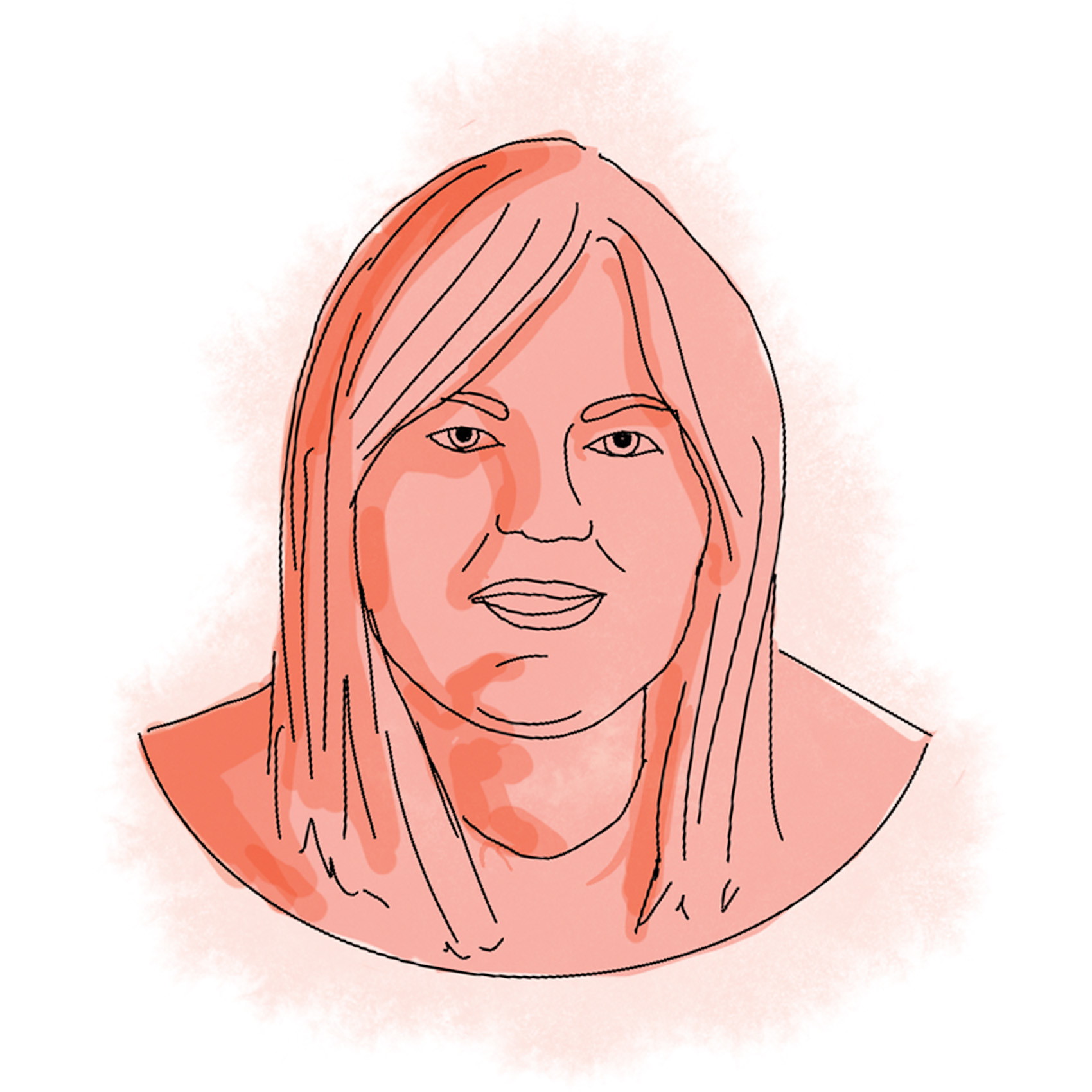
Mary Cummins, who was a news editor, editor-in-chief and general manager at the Fulcrum, studied criminology at the U of O and played a major role in the paper’s path towards autonomy.
When Cummins was editor-in-chief in summer of 2004 and preparing to put out the Fulcrum’s frosh issue, the SFUO — which had owned the Fulcrum since the 1950s — approached her and asked they not write about anything alcohol related. The SFUO’s motive was to lower their insurance rates, she adds.
“Our front page was a picture of beer, so I don’t think we took their advice,” she says with a laugh. “It bothered us, it’s quite concerning when alcohol has a lot to do with frosh and there are ways to responsibility talk about alcohol and alcohol problems on campus, we don’t want you to talk about it at all.”
Cummins called the SFUO’s move a “tipping point,” a microcosm of the larger issues the Fulcrum had from being owned by the union that had been brewing for decades.
“For us, the number one thing was editorial independence,” she says.
Her wish came true in June of 2005, when the Fulcrum was officially transferred from the SFUO to the newly created Fulcrum Publishing Society, also known as our board of directors, which is independent from the Fulcrum’s editorial board.
Cummins became a recruitment and placement consultant at altisHR in Toronto after leaving the Fulcrum, and then moved to Stewardship Ontario. She eventually ended up at the Resource Productivity and Recovery Authority, where she’s deputy registrar.
Marcus McCann
Arts & culture editor (2002-03), production manager (2003-04), managing editor (2004-05)
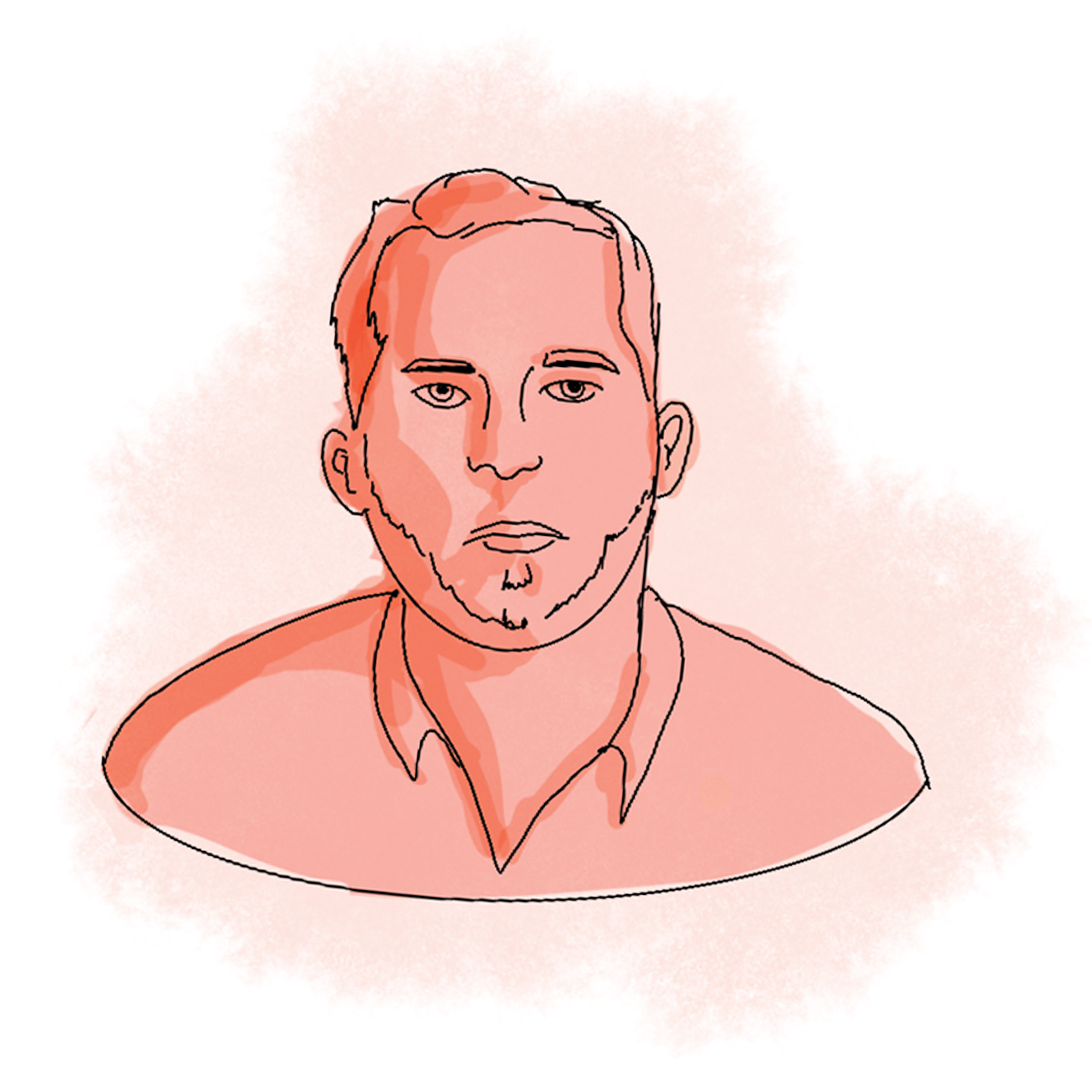
Marcus McCann got involved with the Fulcrum in 2001 as an arts and culture writer while he was a religious studies student at the U of O. He went on to become production manager in the 2003-04 academic year and the managing editor the one after, where he helped spearhead the movement for the Fulcrum’s autonomy from the SFUO.
“The significance of (independence) was really laid bare this year,” McCann says, referring to the SFUO’s fraud allegations from August of 2018.
But McCann underlines there was interest on both sides of the equation back in 2004 to make the Fulcrum independent.
“Both the SFUO and the editorial board saw the inherent conflict at an arm’s length newspaper that reports on the student union being owned by that student union,” he says. The SFUO was “in a position of having 100 per cent legal liability and zero per cent of the control over whether the newspaper published something that was libellous.”
After finishing up at the Fulcrum, McCann went on to become managing editor of Xtra’s Toronto and Ottawa print publications (Xtra is now online only). He’s now a lawyer based in Toronto at Symmes Street & Millard, practicing human rights, labour and employment law. And even though McCann has now left the journalism industry, he credits the Fulcrum for helping him develop the skills he continues to use to this day.
“The practice of law is about storytelling, whoever has the better story wins,” McCann says, who continues to use the tools of interviewing, information extraction and synthesis, and media relations as a lawyer.
Rob Fishbook
News editor (2004-06) president/general manager (2006-08)

Rob Fishbook, a sociology graduate from the U of O, spent a good chunk of his time at the university at 631 King Edward Avenue.
Fishbook was the news editor during the Fulcrum’s move to become independent from the SFUO. He highlights another obvious reason for independence: The Fulcrum was going through a period of great profitability, but as a part of the SFUO, this money was being funnelled away from improving the newspaper and used to subsidize other SFUO bodies instead.
Fishbook was the news editor for another year and then went on to become general manager from 2006 until 2008, where he says he found his real passion.
“To be honest, 15 years later and I’m still kind of doing the same thing,” he says.
Fishbook transitioned to a number of roles at CUP after the Fulcrum, including national conference coordinator, president, and community representative.
After leaving student journalism, Fishbook worked a brief stint at the government and then became the director of program development of the Canadian Liver Foundation. He’s now the director of operations and finance at GrantBook, a technology consulting company for non-profit grantmakers. While the Fulcrum and Fishbook’s current workplace might seem like they belong to two polar opposite industries, he draws major parallels between both roles.
“It’s a great fit and a very natural extension,” he says.
Laura Clementson
News editor (2009-10)
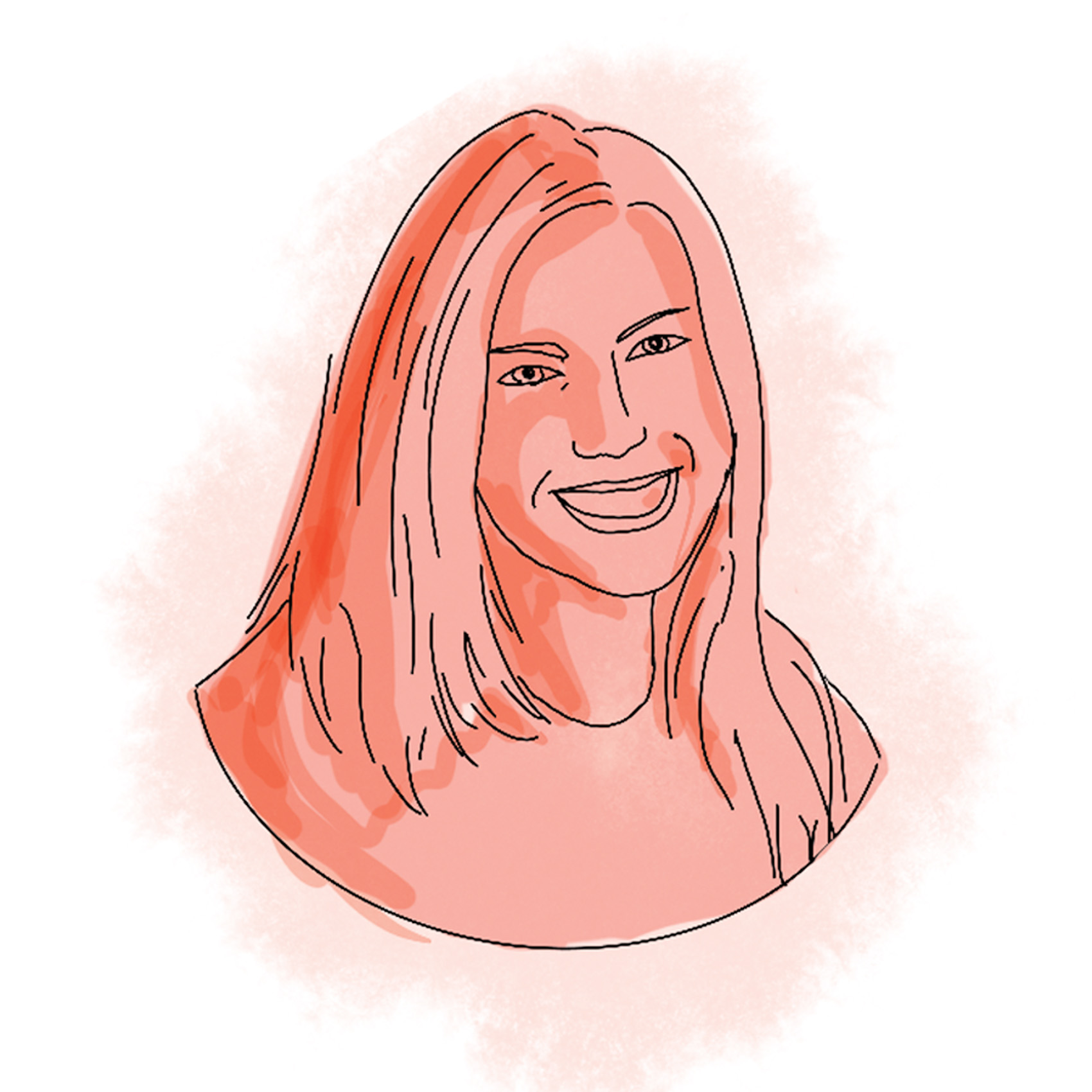
Laura Clementson, now an associate producer with CBC’s investigative unit, always wanted to be a journalist, and it shows: She was one of the founding editors of her high school’s newspaper, the Gator Gazette. The path to the Fulcrum was an obvious one for Clementson, who remembers bringing a copy of the latest edition home with her after touring campus.
While studying communications and media at the U of O, Clementson became news editor in 2009, where she got the chance to cover some major stories. On her first day in the job, for example, she had the chance to interview Stephen Harper, who stopped by Father and Sons for a slice of pizza.
The excitement didn’t stop there: She remembers racing down to Parliament Hill one day in January of 2010 and scrumming with the media to get a comment from Michael Ignatieff, the late Jack Layton, and Elizabeth May, who were then the leaders of the opposition parties, on then-prime minister Stephen Harper’s move to prorogue Parliament.
“You’re incorporating what’s going on with students at the U of O, and you’re tying it into federal politics as well,” she says.
While Clementson was at the Fulcrum, she volunteered at Rogers TV and hosted a show for CHUO. She then began working at CBC’s The National as an associate producer and editorial assistant. Clementson later moved to CBC Hamilton as a digital reporter and into her current role in the investigative unit.
Jane Lytvynenko
News editor (2011-12)
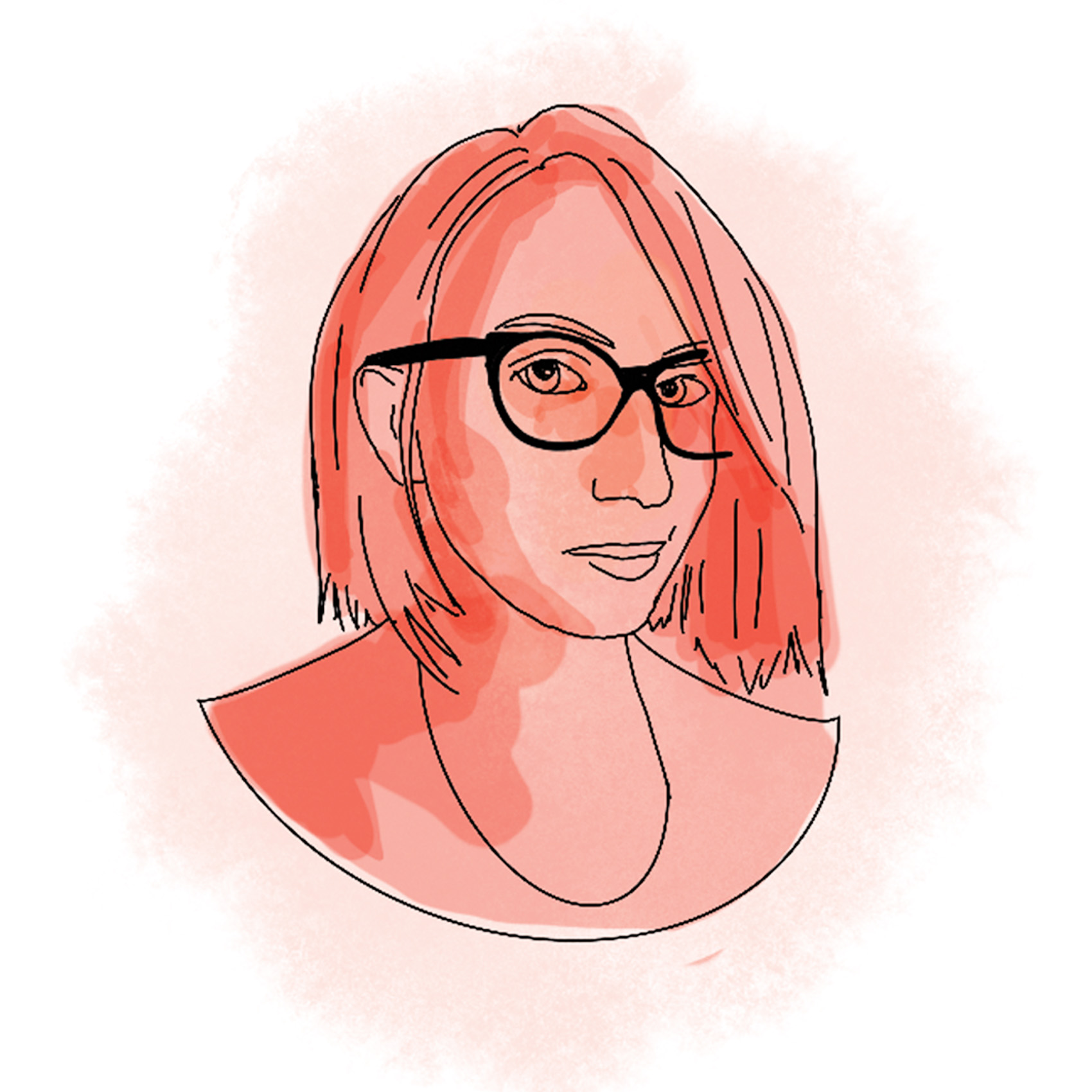
Jane Lytvynenko got involved with the Fulcrum in her second year of university. A communications student, Lytvynenko started out writing arts and culture articles before expanding into the news section after covering a protest against the SFUO. She eventually became news editor, where she covered the Occupy Wall Street protests in the city.
“It was a bit of a solidifying moment for me personally because I knew that news is something I would never be able to really let go of,” she said.
Following her year at the Fulcrum, Lytvynenko went on to work for CUP as their Ottawa bureau chief, which gave her the chance to cover local politics through a student lens. She freelanced for Macleans and the Globe and Mail before securing a job at Canadaland. She moved on to her current job at BuzzFeed in 2016, where she reports on disinformation.
Student journalism still holds a special place in Lytvynenko’s heart.
“The camaraderie that student journalism builds follows you throughout your career, and is still something that unites me with my co-workers in the BuzzFeed office every day,” she said. “I hope that the student press continues to be supported strongly by universities, by non-profit, by its own readership. Because if the student press declines, the quality of journalism in the country will decline with it.”
Adam Feibel
Arts & culture editor (2012-13), editor-in-chief (2013-14), managing editor (2014-15)
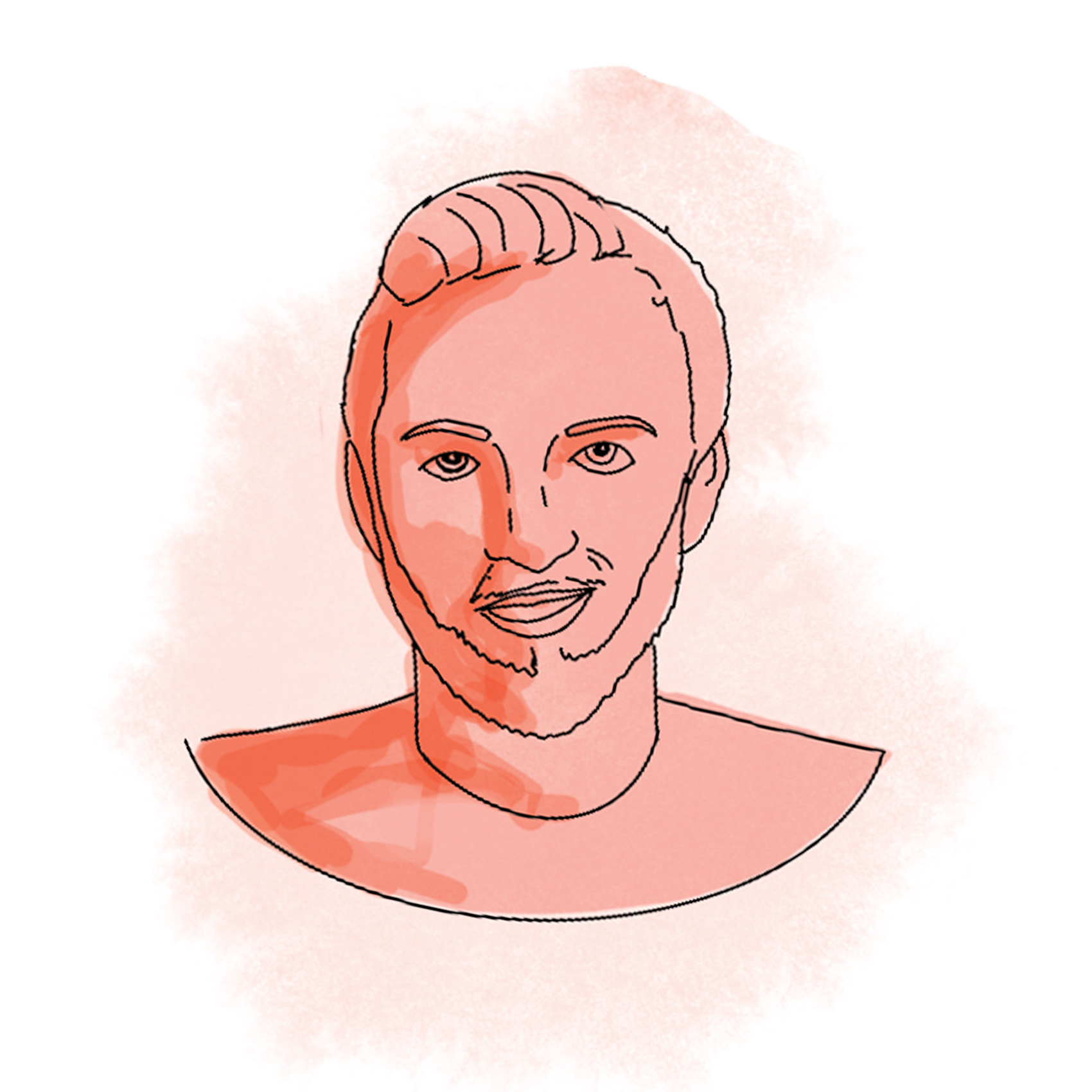
Adam Feibel worked for the Fulcrum for three years, something he describes as a “formative experience.” In his time here, he learned how to work within and even run a media outlet.
“I don’t think I’d have quite the same career in media … if I hadn’t worked there,” he says. “The experience I gained working at the Fulcrum was invaluable.”
Feibel studied journalism at the U of O but says he got more hands-on experience from the Fulcrum than in class. Feibel says being a student journalist gave him more of the skills that are applicable to what he does now and allowed him to improve on the skills he already had.
He specifically highlighted the experiences he had editing, interviewing, working with SEO, Google Analytics, and InDesign, and just being part of the community at large, as valuable skills he honed at the Fulcrum.
“It’s a good way to help people set themselves apart, to give them real-world experience,” Feibel says.
After the Fulcrum, Feibel interned at the Ottawa Citizen before moving to Pagemasters North America, ensuring that Canadian newspapers had good digital presence and SEO. A month ago, he moved to Jazz.FM91 in Toronto as the digital content specialist.
“All the skills that I picked up at school, at the Fulcrum … I’m applying here,” Feibel says.
Spencer Van Dyk
News editor (2013-14), online editor (2014-15)
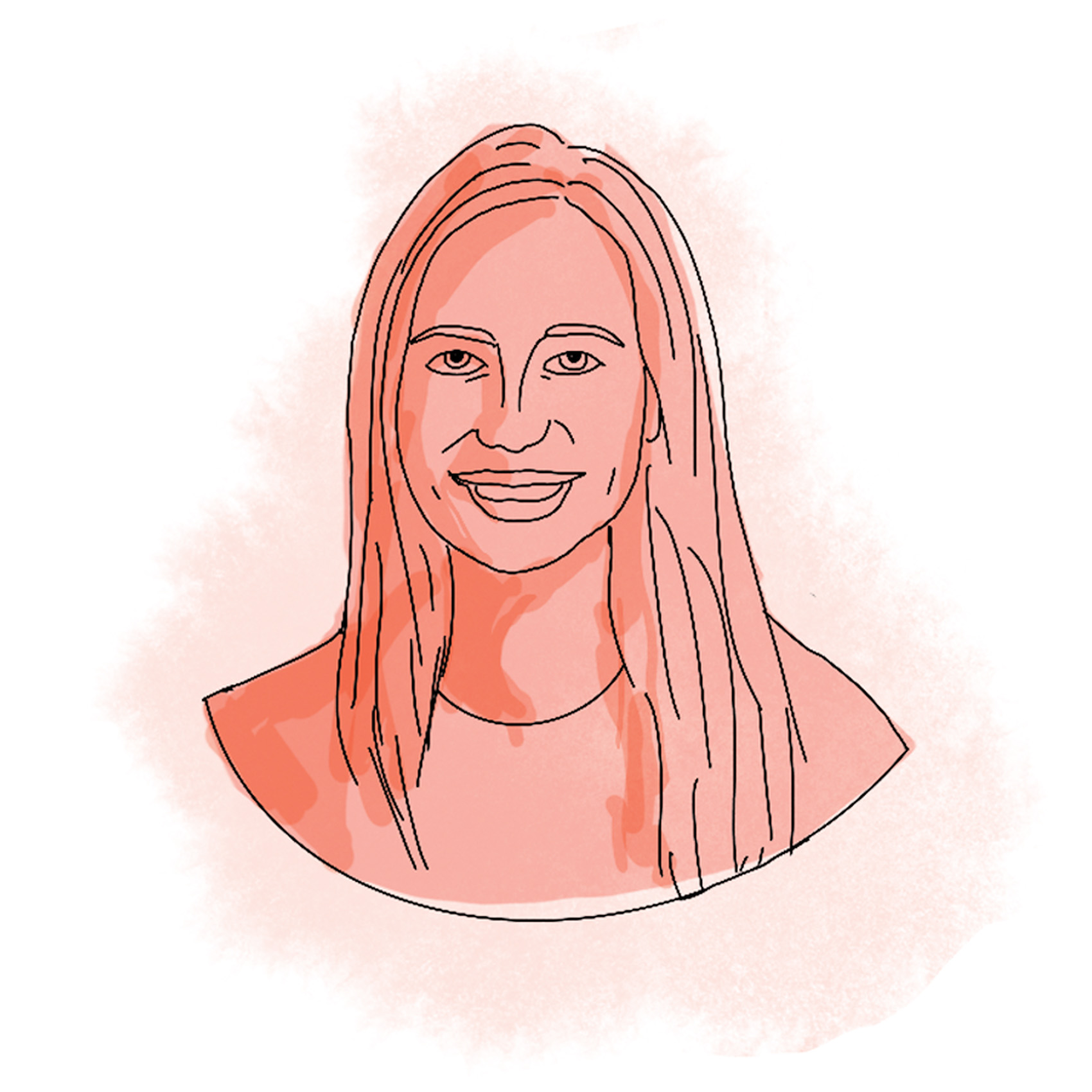
Spencer Van Dyk first got involved with the Fulcrum in her third year at the U of O, where she majored in international studies and modern languages, and minored in English literature.
Van Dyk had a busy year when she became news editor for the 2013-14 academic year, what she says prepared her well for the future. That year, then-SFUO president Anne-Marie Roy was the subject of a sexually explicit conversation between five U of O students and the Gee-Gees men’s hockey team was suspended for sexual assault allegations (two players later went to trial and were found not guilty). Van Dyk became online editor the next year.
“You’re thrown into situations that you have no idea how to handle with a bunch of other people who are your peers, who also have no idea how to handle it, and you all have to figure it out together,” she says. “It’s a very skill-sharpening experience.”
Van Dyk then went on to get her master’s of journalism from Carleton, where she interned at the Ottawa Citizen, the London Free Press, the National Post and CBC’s The National. After graduating, she worked at the Bow Valley Crag and Canyon in Alberta, and moved to her current job as a researcher and columnist at CBC Quebec City.
Van Dyk considers the role of the student journalist a crucial one.
“To have (student) journalists cover universities well is critically important,” Van Dyk says. “They’re massive institutions with massive amounts of money, so a lot of people need to be held accountable.”
Kyle Darbyson
Opinions editor (2014-15), features editor (2015-16), managing editor (2016-17)
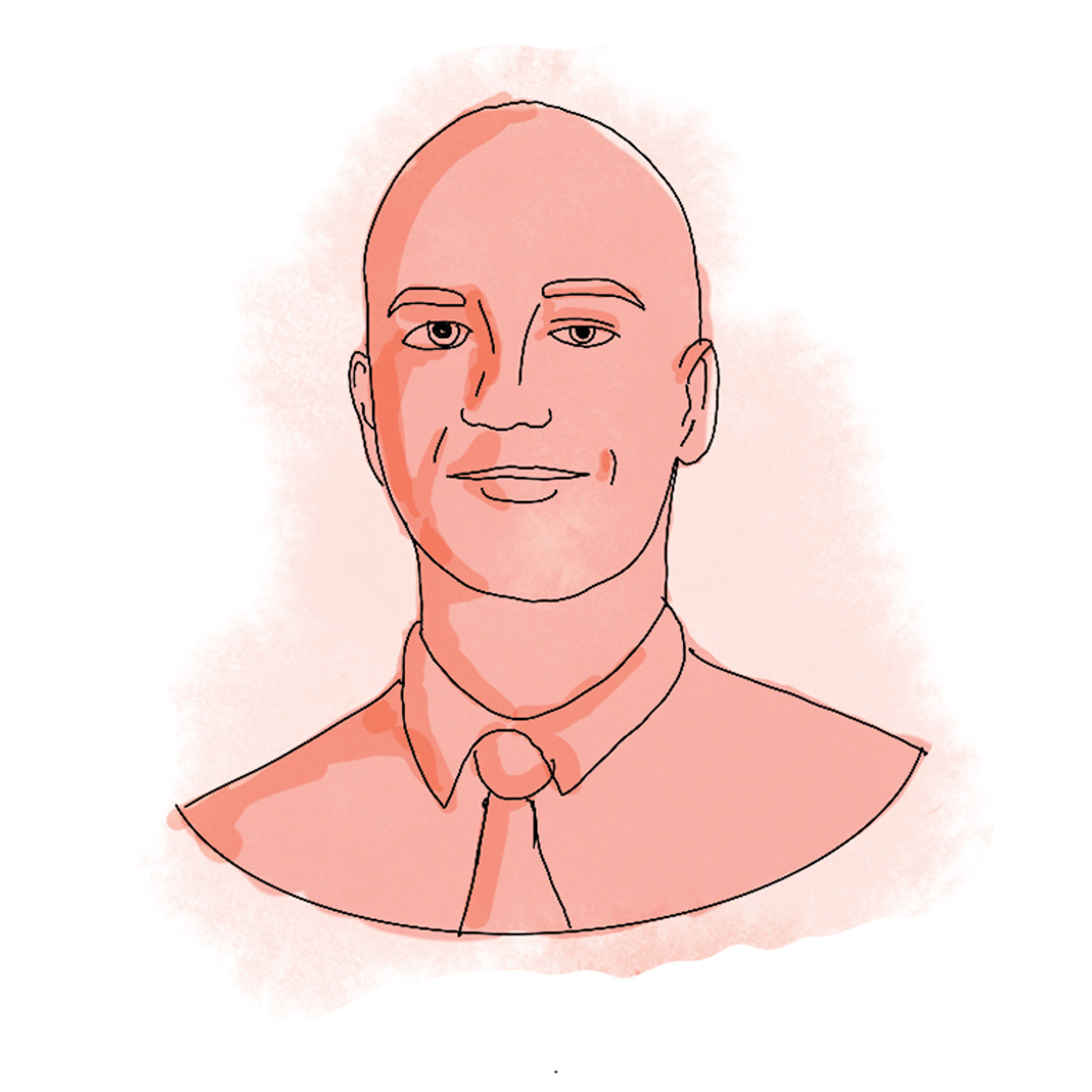
Kyle Darbyson is a recent alumnus, leaving the paper in April of 2017 after graduating with a degree in English and history.
His first ever contribution to the Fulcrum was his review of Contagion, directed by Steven Soderbergh’s. From there, he branched into writing for every section of the Fulcrum and eventually became opinions editor in 2014 and features editor the following year, a role he still holds close to his heart.
“It’s where I felt most comfortable, at least at the time, doing those longform, research-heavy kind of pieces,” he says. “It really introduced me to how to conduct good interviews, get good sources, and how to put it together in a way that’s compelling … for our short-attention-span society.”
He recalls one of his favourite features, a first-person story of his experience hiring a professional cuddler.
Darbyson took a summer internship at the Fort McMurray Today the next summer — which he credits his previous work at the Fulcrum for helping him get — where he covered the devastating wildfires that swept through northern Alberta. He then returned to the Fulcrum, becoming the managing editor.
These days Darbyson can be found at the Thompson Citizen in Manitoba, where he’s been a general assignment reporter for almost two years.

